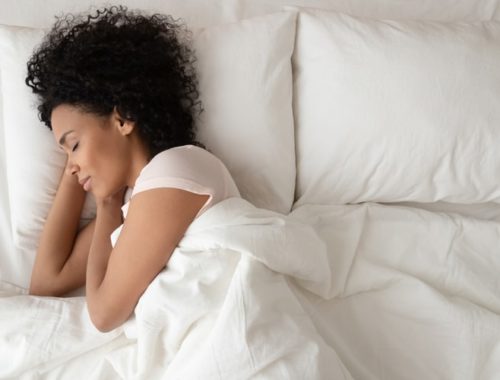Sleep is a key aspect to a healthy life, but it is often overlooked. In fact, 68% of Americans have trouble falling asleep each week. Luckily, there are tools that help people improve their sleep and overall health. Being cognizant of which bedding you use, as well as how you wash your sheets, can have significant impacts on quality of sleep.
When it comes to choosing bedding, the options can seem overwhelming. Most Americans chose comforters as their bedding of choice, followed by blankets. Other options, such as quilts and duvets, are common as well. Around 66% of Americans still use flat sheets, although more demographic groups are beginning to leave the flat sheet behind.
In addition to what kind of bedding people prefer, there are several factors that determine the characteristics and quality of sheets that can make a difference in your satisfaction. Things to keep in mind include material, cotton quality, staple length, weave, thread count, ply, and color. Different combinations of factors result in different types of sheets, whether they be soft and thin or more durable but rougher.
When it comes to material, the main options are linen, sustainable plant-based fibers, polyester, silk, and cotton. Linen and sustainable-plant-based fibers are breathable and soft, but can get wrinkled or torn in the wash and come with a high price tag. Polyester is the most affordable choice, and is also durable. However, it is less breathable and can stain or pill. Silk is comfortable, whether used in summer or winter, but is expensive and hard to care for. Cotton is a good all-around choice; it is comfortable in all seasons, breathable, soft, and affordable.
In terms of thread count, higher thread counts result in smoother and more durable sheets. Anything with a thread count above 250 will have adequate durability for most people.
Single-ply sheets are tightly woven, making them soft and durable. On the whole, single-ply sheets are higher quality than two-ply sheets, which are composed of a loose weave. This results in a rough feel and lower durability. When you have a choice, single-ply is the way to go.
While it might not seem like color has a big impact on sheets, it does. White sheets generate a clean feeling and can be easily bleached. Dark colors, on the other hand, create feelings of rest and connote the night. Bright colors stimulate the brain and can help you wake up, whereas neutral colors have a more soothing effect.
Evaluating the pros and cons of bedding types with your own sleep goals in mind can help you determine what type of sheets to purchase. Once you know the sheets that work best for you, you are one step closer to high quality sleep.
Caring for your sheets is also important. Studies have shown that washing sheets in a timely manner leads to better sleep, but many people struggle to wash their sheets according to expert recommendations. Incorporating more frequent washings into your laundry schedule will pay off in the long run with more restful nights. Experts recommend that you wash pillowcases and sheets every week, duvets once or twice a month, blankets every 2-3 months, and pillows three or four times a year.
Even with frequent washing, there comes a time when sheets should be replaced. If you see frays, discoloration, odors, wake up with allergy symptoms, or find your sleep decreasing in quality, it’s time to purchase new sheets.
As you strive for a healthy life, keep your sheets in mind; your sleep will thank you for careful choices and plentiful washes.
Source: PizunaLinens.com









